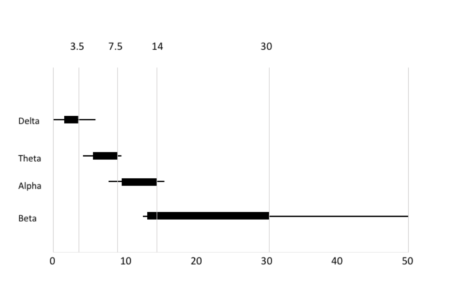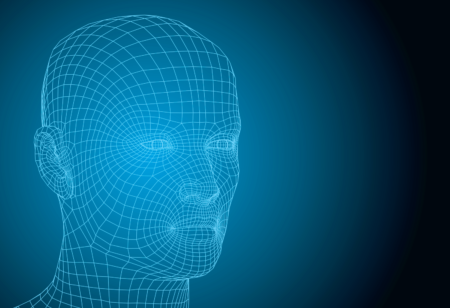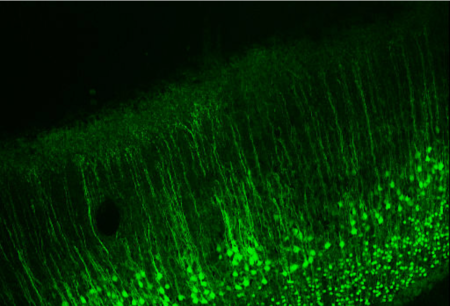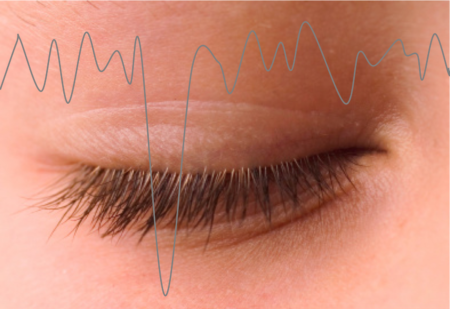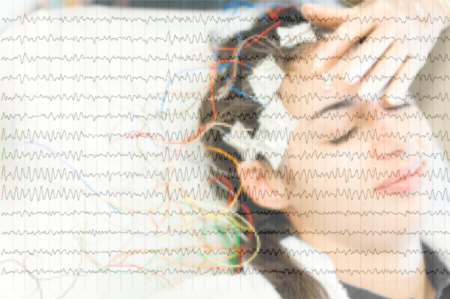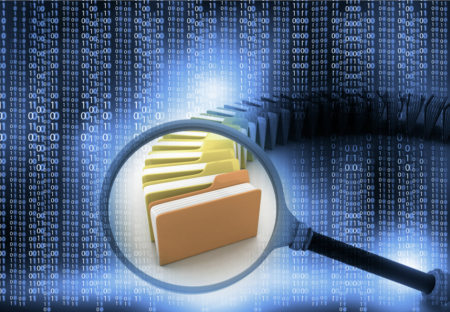Defining the power spectrum in terms of different ranges named delta, theta, alpha, beta and gamma forms a fundamental framework in the EEG literature today. …
Lab Talk
Intelligence and Neuroscience
Intelligence research has been the domain of psychology and sociology and barely intersects with neuroscience. Yet intelligence has everything to do with the brain, and…
Source Localization in the EEG
Identifying the source within the brain from which an EEG signal element originates is a complex problem that requires a model of the head and…
The Inverse Problem in EEG – Assumptions and Pitfalls
Solving the inverse problem in EEG to identify the source of a signal requires a number of assumptions to constrain the solution space. These assumptions…
Getting Rid of Eye Blink in the EEG
The eye blink is one of the most common contaminants of the EEG signal. Here we discuss some common techniques used to remove it including…
Down a Rabbit Hole? A History of EEG Analysis
The analysis of the EEG signal in terms of frequency bands has its origins in the technical workarounds of the 1930s when there were no…
Many Ways to Measure Attention
Attention is a multifaceted, multisensory cognitive phenomenon that can be studied in many ways. Here we describe a few methods used in the lab to…
Alpha, Alpha Everywhere: What Does it Mean?
Activity in the alpha band has been a subject of much interest since the first recording of EEG. However methodological inconsistencies and confounding changes across…
Detrended Fluctuation Analysis: A Glimpse at Memory in the EEG
DFA is a method to identify self-similarity of signals in time – a way of quantifying an aspect of memory. How does it work, how…
How to Fix Peer Review (because its broken and obsolete)
The mechanisms of peer review were defined at a simpler time before big data, more complex algorithms and millions of papers published annually. Here’s how…

